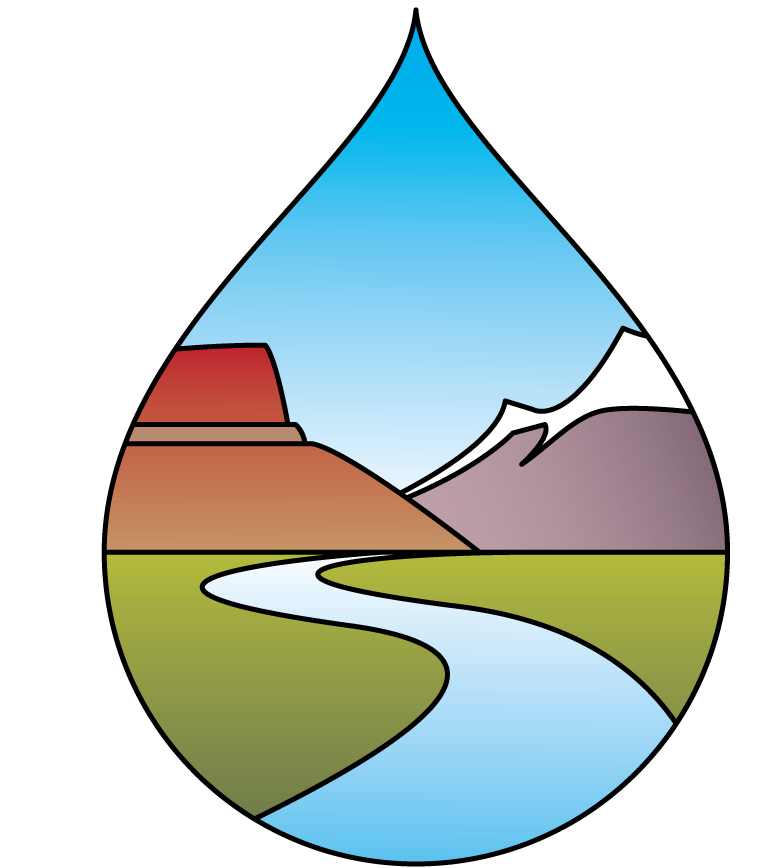#483 – Strengthening the Resiliency of Our Nation to the Impacts of Extreme Weather Events (August 5, 2022)
WHEREAS, the West and the Nation continue to suffer the effects of increasingly extreme weather events, including tornadoes, hurricanes, extreme precipitation, flooding and drought, resulting in the loss of life and economic, social, and environmental damages; and
WHEREAS, Western States have recently experienced extreme seasonal and year-to-year weather volatility that has brought record or near-record events with floods, followed by drought and wildfires, as well as devastating tornadoes, all threatening public safety and property, and often taxing the capacity of our aging water infrastructure; and
WHEREAS, widespread flooding along many western rivers and streams, including the Clark Fork, Flathead, James, Tanana, Yellowstone, and others, have demonstrated the continuing need for more flood control capacity and early warning systems, with timely and accurate forecasts; and
WHEREAS, there is a need for developing new monitoring technologies such as remote sensing that provide more timely data availability and better spatial coverage for assessing flooding and drought impacts; and
WHEREAS, prolonged drought increasingly afflicts the West and the Nation, and affects the performance of interstate compacts and international treaties; and
WHEREAS, extreme prolonged drought has led to the cooperative development and implementation of the Drought Contingency Plans (DCPs) by the Seven Colorado River Basin States, the United States and Mexico and calls by the Department of the Interior for further reductions in water use; and
WHEREAS, flood control, drainage and other water resource issues also involve relations with Canada, including negotiations over renewing the Columbia River Treaty; and
WHEREAS, present water resources planning and sound decision-making depends on our ability to understand, monitor, predict, and adapt to droughts, floods, extreme storms, and other weather events; and
WHEREAS, in the West, sound decisionmaking demands accurate and timely data on precipitation, temperature, soil moisture, snow depth, snow water content, streamflow, and similar information; and
WHEREAS, investments in observations, research, forecasting, and monitoring the development of extreme weather events provide an opportunity to significantly improve real-time water rights administration, planning and project design, and operations to maximize storage, avoid or minimize the loss of life and property, as well as mitigate economic and environmental damages; and
WHEREAS, the Weather Research and Forecasting Innovation Act of 2017 was reauthorized in 2019, together with the National Integrated Drought Information System Act, and both are soon due for reauthorization; and
WHEREAS, the Council continues to support NOAA’s National Integrated Drought Information System, implementation of the Weather Research Act, and emergency drought response authorities for the Bureau of Reclamation and other federal agencies; and
WHEREAS, a National Academy of Sciences’ report suggests a pathway and 10-year research agenda for advancing our capabilities with a vision of a decade from now using subseasonal to seasonal (S2S) forecasts as widely as we now use 5-10 day weather forecasts; and
WHEREAS, the Council has urged NOAA to implement the western pilot project for improving S2S precipitation forecasting contained in its 2020 report to Congress pursuant to the Weather Research Act; and
WHEREAS, NOAA has allocated minimal resources for improving the skill of S2S forecasts (forecasts extending from 3 weeks to 2 years); and
WHEREAS, western states’ precipitation originates as storms moving over the Pacific Ocean and Gulf of Mexico, and the absence of key ocean observations constrains the ability to improve the skill of precipitation forecasting at near-term weather and S2S timescales; and
WHEREAS, advances in weather forecasting and research, such as that of NOAA’s Hydrometeorological Testbed program on West Coast atmospheric rivers, demonstrate the potential for improving extreme event forecasting at the operational time scale; and
WHEREAS, the Council has supported development of an improved observing system for western extreme precipitation events, to aid in monitoring, prediction, and climate trend analysis associated with extreme storms; and
WHEREAS, there is a need for maintaining and improving existing monitoring networks that help provide early warning as well as tracking impacts of extreme events; and
WHEREAS, there is a need for improving precipitation forecasting at all time scales to support implementation of Forecast-Informed Reservoir Operations (FIRO); and
WHEREAS, there is a continuing need for greater collaboration between and among federal agencies, state agencies, local governments, non-governmental organizations and public/private organizations and businesses.
NOW THEREFORE BE IT RESOLVED, that the Western States Water Council supports as a high priority appropriate federal appropriations and actions to plan, prepare for and avoid, minimize or mitigate the impacts of extreme weather events, including implementing the S2S forecasting pilot project recommended in NOAA’s report to Congress and implementing NOAA’s proposed Precipitation Prediction Grand Challenge.
BE IT FURTHER RESOLVED that the Western States Water Council also supports legislation advancing the goals of: (1) minimizing the loss of life and property and economic, environmental and social cost from extreme weather events; (2) improving collaboration and coordination among agencies and organizations at all levels; (3) increasing consultation with state, local and tribal governments; (4) maintaining and enhancing data gathering and monitoring, as well as communication capabilities, identifying and addressing gaps and overlap; (5) identifying and addressing federal agency responsibilities, as well as regulatory and other preparedness and response barriers, (6) recognizing and addressing regional differences; and (7) advancing research within the physical sciences, and dynamical and statistical modeling to improve our S2S forecasting capabilities.
BE IT FURTHER RESOLVED that the Western States Water Council pledges to work with the Administration and the Congress to appropriately address current and future needs to improve S2S forecasting and extreme events response and resiliency.
Position No. 483
(See also Position No. 435, 7/18/19, #392, 7/15/16; and #352, 6/26/13)
